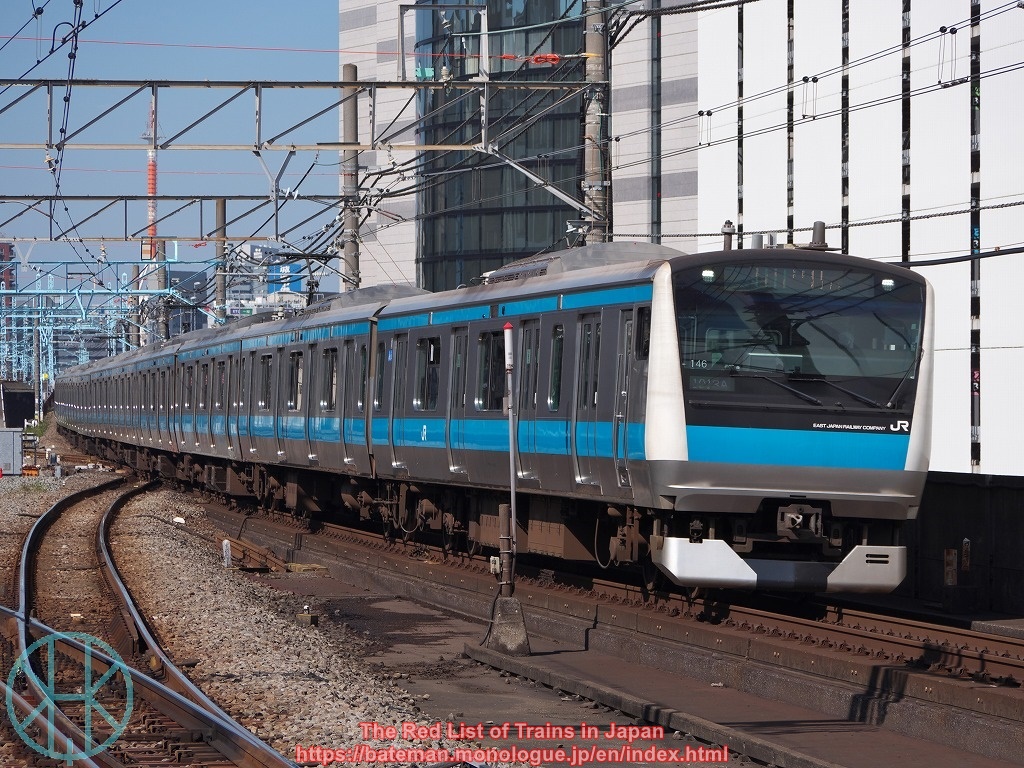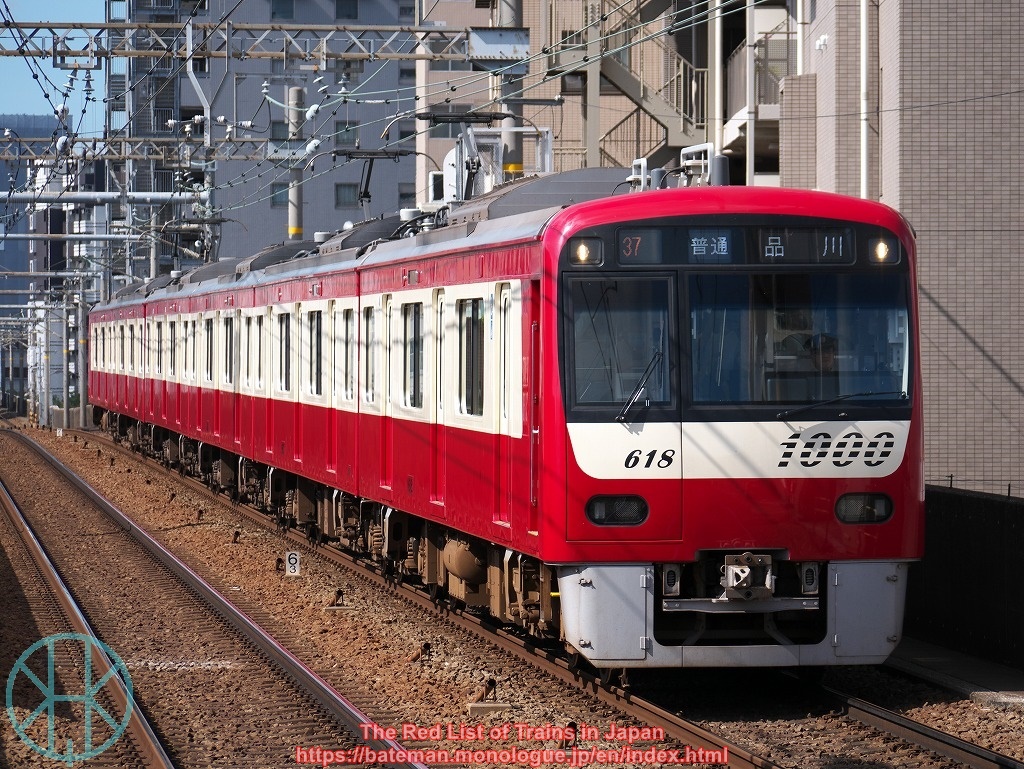Britain's trains are notorious for having
terrible reliability, especially with regard to punctuality. They have been
criticised as one of the worst railway systems in Europe because of too many
delays and cancellations in spite of expensive train fares.
On the other hand, Japan's trains have often been
praised as legendary, the most reliable public transport in the world. It is
true that they are the most punctual in the world (alongside with The
Netherlands and Switzerland), and Japanese people take it for granted. However,
they are not always perfect, and small delays of 3-5 minutes are not uncommon.
So, what cause delays in Japan, and how are they different from the UK?
This article briefly describes common reasons for train disruption. Since Japanese people prefer humble and
indirect expressions, they use subtle words even in English, sometimes making
them difficult to comprehend. They could slightly differ depending on companies, but in any case, they are different from what native speakers would say. Let us see how they can be translated to "National Rail
language" in Britain.
1.
Passenger injury (人身事故)
This is what British railway companies call
"a person being hit by a train". Sadly, this is quite common
particularly in major cities like Tokyo and Osaka. Many people think it is
suicide, but not necessarily. It includes blind person, a person concentrating
on his/her smartphone too much or a drunk being hit by a train. It takes about 10 minutes when the person
suffered from minor injury, while 60+ minutes if the person committed
suicide, and it would be even longer when it is raining or at night, to collect
"everything that belonged to him/her" (which implies parts of his/her
body have been in a tragic condition).
The Transport Ministry has been encouraging railway companies to install platform edge doors to prevent unfortunate accidents, and hopefully the number of cases significantly decline in the near future.
2.
Person on tracks (線路内人立入)
It is simple: "a trespasser on
track". For example, if a person drops something (wallet, smartphone etc.)
and he/she attempts to collect it by him/herself, it may halt trains nearby. Sometimes,
a person enters and cross tracks where there is no level crossing or
pedestrian bridge. Another possible cause is, again, a drunk.
3.
Safety check (安全確認)
It suggests a minor trouble, but its true
reason may vary, such as a false alarm, a person unsuccessfully rushed on to a
train (and probably his/her bag and its owner are separated by a door) or a
reckless person/vehicle entering a closed level-crossing. And recently,
platform edge doors often cause troubles as well. A minor signal trouble is another reason for it.
In addition, there is even something
attributed to a train crew, such as an emergency stop triggered by a safety
protection system because of exceeding a speed limit. It is sometimes called
"signal inspection".
4.
Train inspection (車両点検, 車両故障)
It is equivalent to "a train fault" or "a broken down train". JR East tends to suffer from this trouble more frequently than other companies, as its trains are not "sturdy".
5.
Passenger rescue (急病人救護)
To be simple, "a person being taken
ill". In Britain, it sometimes block the mainline for hours, but station
staffs in Japan respond very quickly and thus train delays are kept to a
minimum, like 5-10 minutes.
6.
Passengers trouble (お客様トラブル)
It is called "police incident" in
Britain, but this term in Japan can be less serious, like quarrel, minor fighting,
sexual harassment (but not assault) and so on. In most cases, station staffs
kindly ask persons in question to leave the train and "humbly
listen to" them at station building.
In the mid-2000s, JR East used even vaguer expression, "車内お客様ご案内" - which could be interpreted as "inviting a passenger on a train
with the greatest respect (to leave)".
7.
Signal / point failure(信号故障、ポイント故障)
They are common technical failures. Point failure is a main cause of disruption when there is a significant snowfall in Tokyo, as points are frozen.
In the 1970s and 80s, extremists who were
opposing the privatisation of Japanese National Railways severed signal and
communication cables. But fortunately, such incident is extremely rare in these
days.
8.
Congestion(混雑)
It is the most common reason for delays
during morning peak hours. Railway companies in major cities have been working
hard to ease congestion, by introducing trains with larger bodies and more
doors, making platforms wider and urging passengers to board or alight the train
in an orderly fashion. Even so, not a few services in the morning are delayed
for 2-5 minutes, especially when it is raining.
9.
Severe weather
Japan is prone to natural
disasters, like torrential rains, landslides, floods, high winds, heavy snow
and so on. It sometimes takes hours for services to be resumed. However, unlike
in Britain, trains in Japan are not affected by a heatwave.
10. Earthquake
Earthquake is another threat of natural
disaster in Japan, but most of them do not matter. Generally speaking, if
Shindo scale of Japanese Meteorological Agency is 4 of 1-7, train services
could be suspended for minutes. If it is 5-lower, trains would be halted for
hours. If it is more than 6-lower, it would take days or even weeks to be
reinstated. Click here for the definitions of Shindo
scale.
11. Wild animals
 |
| (How many deer are there?) |
There are various wild animals that could
affect train services, but deer and wild boars account for 90% of those tragic
accidents.
These eleven reasons are typical causes of
train disruption in Japan. Most of them are common in the UK as well, except
earthquake. Then, what are the main causes of delay in Britain that are extremely
rare in Japan?
First, staff shortage ("a lack of
available crew", "a train crew member being unavailable" etc.) never
happens in Japan. Most railway companies secure a little more crews than
actually necessary. It is often called "the spare shift", and each
driver or conductor is allocated to it once a month (depending on companies).
They usually tidy up rooms, cook meals, do some paperwork, or watch TV and
eat chocolates or crisps. They get on trains when necessary, so that railway companies do not
have to cancel services.
 |
| (The worst memory I have ever had in the UK) |
Second, train shortage (like "a lack of
available train", "more trains than usual needing repairs at the same
time") does not happen in Japan either. Like train crews, railway
companies have spare units to deal with unpredictable troubles. When it is
extremely unlucky, there could be some cancellations, but not as many as in the
UK.
Third, planned engineering work in Japan takes place generally less than once a year, while it is carried out far more frequently (like every weekend) in Britain. Hokkaido Shinkansen is one of few exceptions, as JR Hokkaido often cancels some bullet train services due to construction work in Seikan Tunnel.
Finally, strikes do not usually happen
in Japan in these days. As noted above, trade unions of Japanese National
Railways have been particularly aggressive in the 1970s-80s, but the
privatisation successfully weakened those industrial actions. However, as the
largest trade union of JR East declared in 2018 that it would not rule out
resorting to such actions, the tranquillity might be over in the near
future. Trade unions of private railways do not hold strikes either except that of Sotetsu, which recently carried out them in 2004, 2009 and
2014.
And in Japan, even when a train is delayed, it will never skip any station which is supposed to call at. When I was living in the UK, I was astonished to see a delayed train passing stations to make the delay shorter (and presumably to avoid refunds). Again, it never happens in Japan except in case of emergency, such as earthquake (e.g. the Osaka Earthquake in 2018) and terror attack (e.g. the Tokyo Sarin Attack in 1995).
In conclusion, Japanese trains are still
very punctual compared to most countries, but it does not mean that everything always
goes perfect. Therefore, it is a little bit risky to depend too much on a
journey planner result, as something could go wrong. There is a very easy way
to avoid such a trouble: plan your schedule with some extra time, especially when
there is an important event such as taking exams.




































